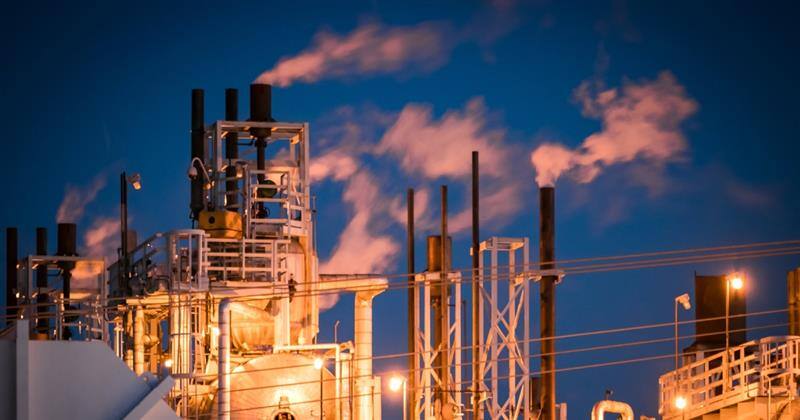Understanding PFAS Regulations
A Comprehensive Guide to Global Compliance
Download the e-book to see how global PFAS regulations are evolving.
Learn why PFAS have become a priority for regulators worldwide, how U.S. federal and state rules compare with EU, Japanese, and other international requirements, and where new bans and reporting obligations will tighten in the years ahead. This e-book shows how Source Intelligence helps teams identify PFAS faster, streamline reporting, and stay ahead of emerging mandates.
Introduction
Per- and polyfluoroalkyl substances (PFAS) are subject to regulation worldwide. Their persistence in the environment and potential to cause adverse health effects make their widespread use in products concerning. Numerous governing bodies have established restrictions or bans for PFAS in consumer products to protect health and the environment.
Regulatory approaches vary among countries and regions, presenting several compliance challenges for companies. Continuously emerging PFAS regulations expose companies to risk within their supply chains. By utilizing risk mitigation strategies and employing the right tools, companies can streamline PFAS identification and reporting.
Why PFAS are a cause for concern
What are PFAS?
PFAS are a group of synthetic chemicals used in various industrial and commercial applications since the 1940s. PFAS are popular because of their remarkable resistance to heat, water, and oil.
The first PFAS compound was perfluorooctanoic acid, or PFOA. Manufacturers first introduced it as a non-stick cookware coating, commonly known as Teflon. In the following decades, manufacturers developed other types of PFAS and incorporated them into various products. Today, the PFAS group includes more than 15,000 substances—some more widely used and studied than others.
Products containing PFAS
PFAS have been used in thousands of everyday products, ranging from cookware and clothing to electronics and personal care items. Some examples of products that may contain PFAS include:
Non-stick cookware such as frying pans and pots. These products often contain PFAS, particularly PFOA or its precursor chemicals, for their oil-resistant properties.
Firefighting foams, specifically aqueous film-forming foams (AFFF). These often contain PFAS to create a durable film that smothers fires.
Electronics such as cables, semiconductors, and integrated circuits. The heat-resistant properties of PFAS can enhance the reliability of electronic products.
Waterproof clothing such as raincoats, jackets, hiking boots, and other water-repellent fabrics, like tent fabrics. The water-resistant properties of PFAS make them desirable in manufacturing waterproof textiles.
Personal care products like shampoo, cosmetics, skincare products, and dental floss. These may contain PFAS due to their water-resistant properties and durability.
Why are PFAS regulated?
Environmental risks associated with PFAS
The same properties that make PFAS useful in everyday products have also prompted increased scrutiny in recent years. PFAS all contain carbon-fluorine bonds, which are among the strongest chemical bonds. They do not break down easily, leading to long-term exposure risks. People often refer to PFAS as “forever chemicals” and classify them as persistent, bioaccumulative, and toxic substances (PBT).
The resistance to degradation leads to the accumulation of PFAS in the environment, such as in:
Water
PFAS contaminate water bodies like rivers, lakes, streams, and groundwater. Contamination often originates from industrial discharges, runoff from landfills, or wastewater treatment plants. The use of firefighting foams that contain PFAS also greatly contributes to these chemicals infiltrating streams and waterways.
Soil
PFAS accumulate in soil through various pathways, including direct application, atmospheric deposition, and runoff from contaminated sites. Plants and groundwater can then absorb PFAS through the contaminated soil.
Air
Manufacturing processes and the use of consumer products containing PFAS release these chemicals into the air. Contaminated water and soil also contribute to PFAS found in the air. Once in the atmosphere, PFAS travel long distances and settle onto land and water surfaces through precipitation.
Food
PFAS enter the food chain through contaminated water, soil, and air. Over time, they accumulate in food products such as fish, meat, dairy, and crops that are either irrigated with contaminated water or grown in PFAS-contaminated soil.


